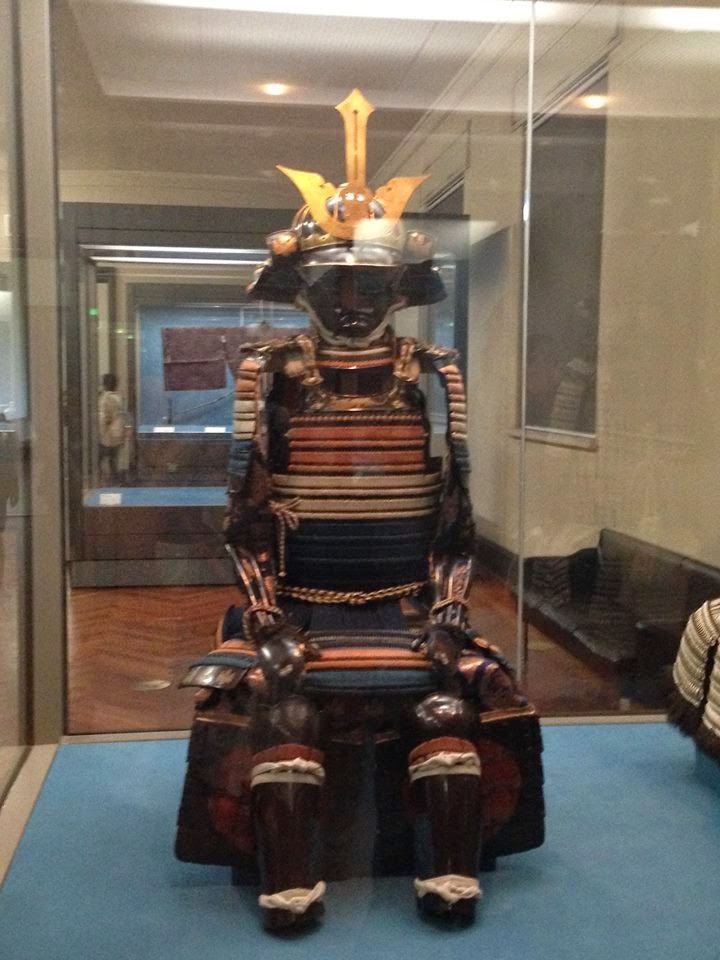On Saturday we were joined by our friend John Metcalfe from Lander. I think many of you know John because he used to work for the school district, and his wife, Ms. Woodruff, still does! We decided to go south of Tokyo to a town called Kamakura.
Kamakura is rich in Japanese cultural history. For awhile, Kamakura was considered the capital of Japan.
But in order to get to Kamakura, we had to figure out how to first ride the Tokyo subway system, and then how to transfer from the subway to the JR train. Luckily, when you go to the machine to buy tickets, you can press a button to have it display in English! Also, there are helpers by the ticket areas who can help you buy tickets. Check out this
subway map. But you would have been proud of us...we didn't get lost or take the train in the wrong direction:-)
And speaking of directions, once we got off the train in Kamakura, we began walking toward a shrine and we came across this sign. We were walking uphill a bit and away from the beach; so if there had been a
tsunami, this would have been the evacuation route for people to get to higher ground.
We stopped at a lovely little restaurant for minestrone soup, buttered toast, and grilled ham and cheese sandwiches. When we left, the owner gave us some origami cranes as a gift.
As we walked toward the shrine, we came upon this small farm/garden. See how some plants have been harvested, some are growing well outside, and some are under the plastic tents to protect them?
After hiking up a big hill, we came to the Shinto shrine. About 40% of people in Japan identify with an organized religion. Most of those people are either
Buddhist or Shinto or practice elements of both. Here is an explanation about the shrine.
Here is a photo of the shrine entrance. Can you tell we had to walk through a stone tunnel to get there? We didn't get a good picture of the tunnel.
Here are some photos of inside the shrine.
Those are some big goldfish, aren't they?
These
shishi dogs often guard the entrances to temples and shrines. The dogs guard the path from evil, and sometimes they wear red bibs or are painted red. Red is the color to expel demons or illness.
After we left the shrine, we went on a hike through the thick woods and up and down some pretty steep hills on our way to see the Big Buddha (wait until you see him!). On the way we saw this beautiful view of the ocean.
It took us quite awhile to hike along a back trail to the Big Buddha. It's very humid here in Japan compared to Wyoming. It's not real hot, but you can sweat a lot when you are walking steep trails in this humidity!
We loved it when we finally got to the
Big Buddha. This statute was originally built in the year 1252. Can you figure out how many years ago that was? And since the very late 15th century, the buddha statute has been outside because a tsunami destroyed the wooden temple that housed it. That's a very long time to survive outside in the elements.



















































